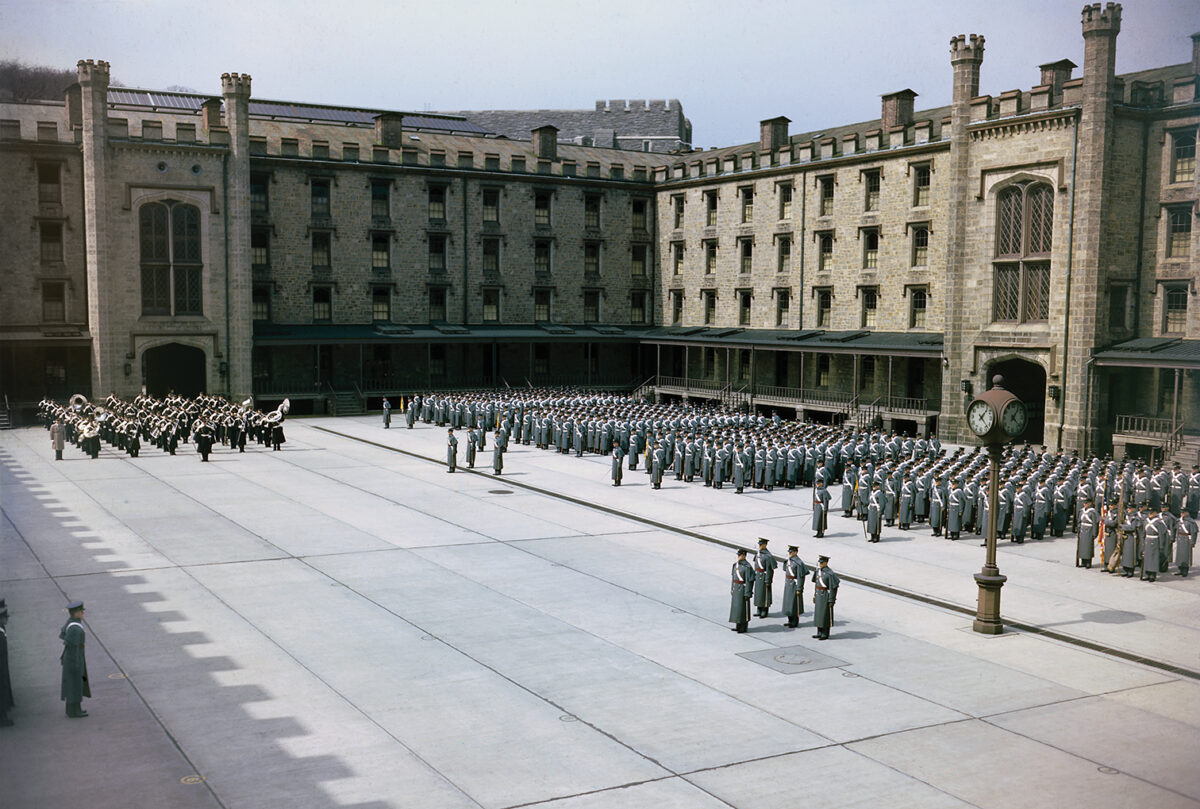On March 30, 1972, the aging revolutionaries in Hanoi’s Politburo abandoned the strategy of protracted struggle and launched an all-out conventional invasion of the Republic of Vietnam (RVN). By mid-April, the North Vietnamese Army (NVA) had committed its entire combat capability—14 divisions, 26 separate infantry regiments, and 1,200 tanks, plus all its artillery regiments and engineer battalions.
The NVA also introduced weapons heretofore not seen in Vietnam: large formations of T-54 tanks; AT-3 Sagger anti-tank missiles; and SA-7 shoulder-fired, heat-seeking anti-aircraft missiles. Fighting raged in Quang Tri province near the DMZ, in An Loc 60 miles from Saigon, and in the Central Highlands, threatening Kontum City. The U.S. press named it the Easter Offensive since it began on Holy Thursday, the first day of Easter celebrations for South Vietnam’s Catholic population.
My Mentor in Vietnam
As in the early 1960s, the only Americans fighting on the ground were a handful of U.S. advisers with the Army of the Republic of Vietnam (ARVN). One of them was Lt. Col. Charles L. “Chuck” Butler, an adviser with the 31st ARVN Regiment, 21st ARVN Division, who I met the first week of May ’72.
I was a major, just assigned as the adviser with the 6th Airborne Battalion, Vietnamese Airborne Division. The battalion was co-located with the 31st Regiment and was reconstituting after being decimated near An Loc, Binh Long’s provincial capital, 15 miles north. Although I had served a previous tour in Vietnam with the 101st Airborne Division, I had no advisory training. When I received my orders in January 1972 to return to Vietnam in late April, I requested attendance at an abbreviated Vietnamese language course and adviser training school at Fort Bragg. My assignment officer in Washington, D.C., denied both requests, stating I would be assigned to the MACV staff in Saigon. Little did he know!
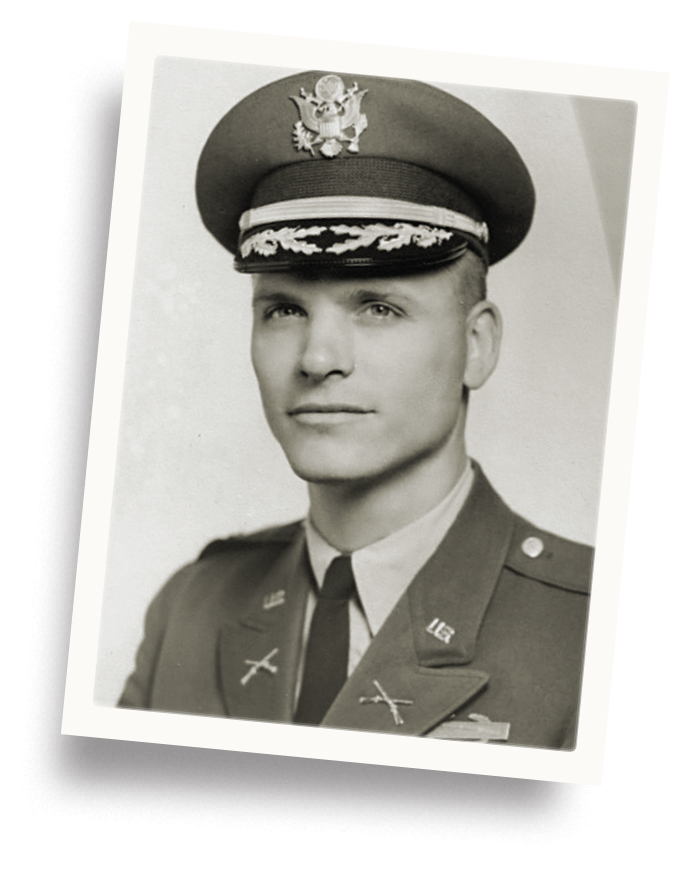
Chuck Butler was a seasoned combat veteran. He had been an adviser in Vietnam from 1963-64 and an infantry platoon leader during the Korean War. He was a true font of knowledge and had a great perspective on the war. His counsel proved to be invaluable to me as I was getting my feet on the ground. Because Chuck was a modest man, I didn’t learn of his heroism in Korea until years later.
Chuck in Korea
Charles Lewis Butler was a member of the U.S. Military Academy’s class of 1950—670 men who graduated on June 6 that year. He and 197 of his classmates were commissioned in the infantry. Nineteen days later, North Korea invaded South Korea, drawing the United States into a war for which it was ill-prepared. The American defense establishment was gutted in the aftermath of World War II. Rapid demobilization, draconian budget cuts, and an inept management produced a hollow force. To stop the North Korean onslaught and fill the ranks, many members of the USMA class of 1950 were immediately sent to Korea, including Chuck Butler.
Chuck said goodbye to his new bride, Joan, and on Aug. 20, 1950, was aboard a troop transport sailing under the Golden Gate Bridge. He was assigned to F Company, 7th Infantry Regiment, 3rd Infantry Division. The division was needed in Korea but was woefully understrength. Due to the severe shortage of infantry lieutenants, recent West Point graduates were sent into battle without any training other than what they received at the Military Academy.
Chinese communist forces swarmed into North Korea in November 1950. Gen. Douglas MacArthur had discounted the possibility of Chinese intervention, but their appearance in large numbers prompted him to order the withdrawal of United Nations troops north of the 38th parallel. The 3rd Infantry Division was tasked to cover the evacuation of 1st Marine Division and the 7th Infantry Division as they left the Chosin Reservoir and moved to the port of Hungnam on North Korea’s east coast.
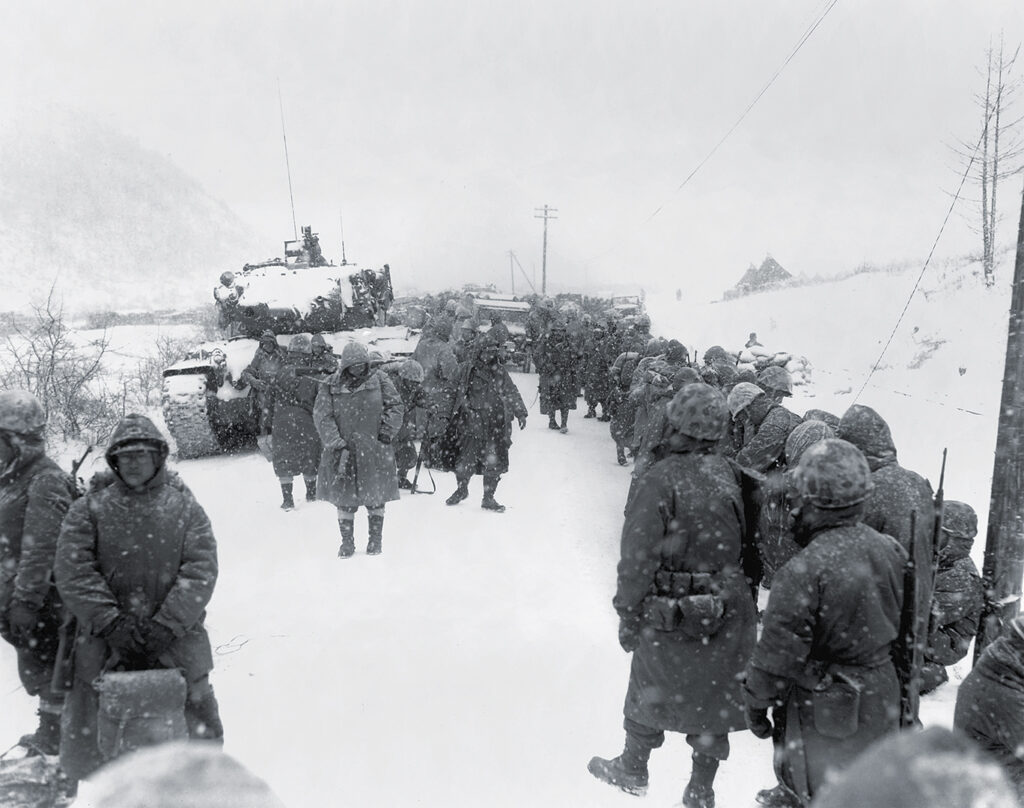
On Dec. 15, Chuck’s platoon was given five tanks and the mission to assist a beleaguered U.S. unit. Then-Lt. Butler described what happened as he led his small force. “We suddenly came around an S-curve in the road and on both sides of us the hills crawled with Chinese. I was hit in the arm…then I was hit in the groin.”
Unable to walk, he ordered his wounded men placed on the tanks, while he was lifted onto the lead tank. Although gravely injured, Chuck manned a turret-mounted machine gun and provided covering fire, allowing his task force to disengage from hundreds of Chinese and return to friendly lines. Butler was evacuated to Japan and hospitalized for three months. Upon returning to duty in Korea, he was awarded the Distinguished Service Cross—the Army’s second highest decoration for valor.
To Vietnam
Twelve years later, in the fall of 1963, Maj. Chuck Butler was in Vietnam, assigned as an advisor with the 9th ARVN Division, operating in the Mekong Delta. The delta region was the agricultural heartland of the RVN; its provinces contained two-thirds of the nation’s population and produced the bulk of its rice crop.
1963 was a period of great turmoil. President Ngo Dinh Diem failed to stem the growing communist insurgency or increase popular support for his government. Restrictions on religious freedoms ignited a crisis, resulting in Buddhist riots and self-immolations by monks. Diem’s refusal to initiate any liberal reforms in the face of mounting opposition caused President John F. Kennedy to lose all faith in him. It was the last straw for the Kennedy Administration and word was quietly relayed to Saigon that JFK was amenable to a regime change.
The ARVN generals spent more time plotting coups and jockeying for positions than opposing the communists. The ARVN stayed in their cantonment areas while VC cadres took advantage of their apparent paralysis. Frustration mounted among advisers like Maj. Chuck Butler, who wanted to challenge the enemy. However, no amount of prodding could energize the ARVN. Meanwhile Diem’s government continued to accept U.S. economic and military aid at the rate of $1.5 million dollars per day ($14 million per day in today’s dollars).
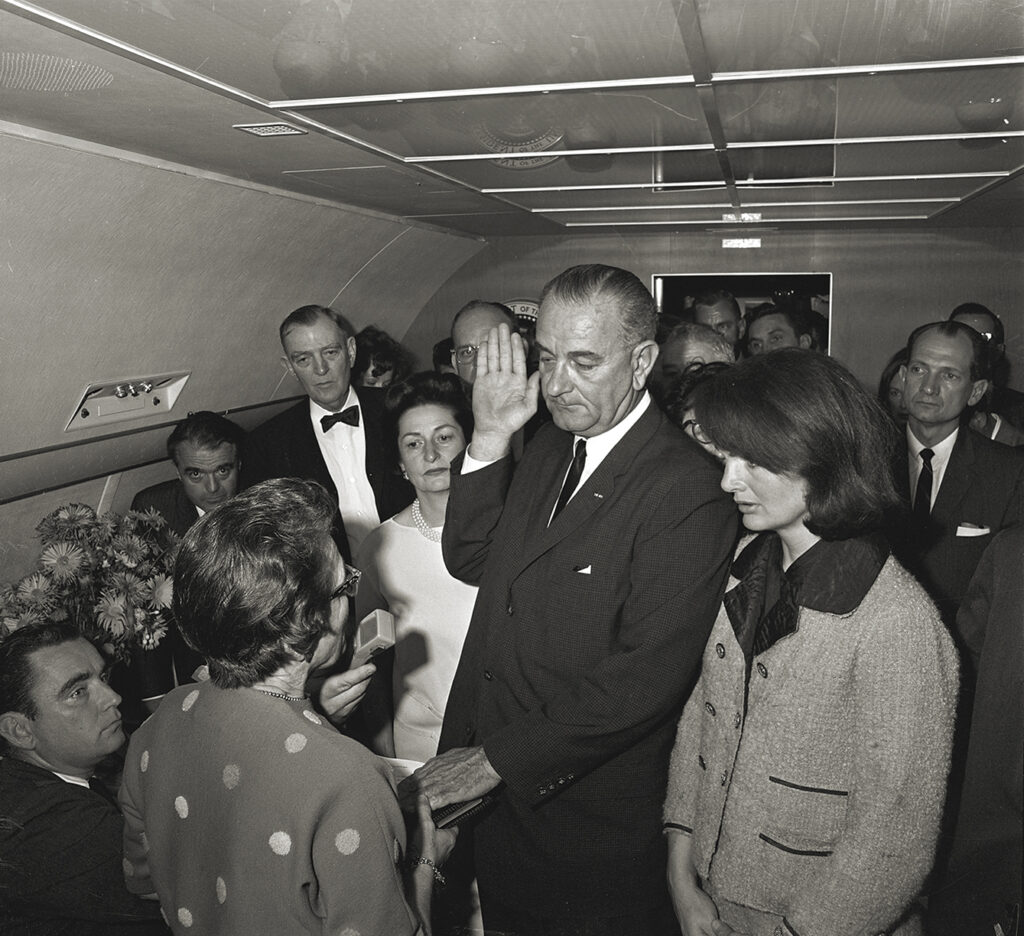
On Nov. 1, 1963, ARVN troops commanded by Gen. Duong Van Minh attacked the presidential residence in Saigon. Diem and his brother, Nhu, escaped and hid in the Chinese quarter of the city. The brothers surrendered the following day, assuming they would be sent into a comfortable exile. Gen. Minh had other ideas and ordered their execution.
Diem’s death was followed three weeks later by President Kennedy’s assassination on Nov. 22. It created uncertainty in Vietnam over what the new U.S. policy might be. Immediately, Kennedy’s successor, Lyndon B. Johnson, issued a directive emphatically stating that he would stay the course in Southeast Asia. LBJ saw the political fallout in 1949 when Mao gained power in China and was determined not to be the president who “lost Vietnam.” ARVN military leaders breathed a sigh of relief.
Aftermath of Assassinations
In the coup’s aftermath, Minh and his Military Revolutionary Council enjoyed widespread acclaim. The euphoria dissipated when the new rulers showed little aptitude for governing, squabbling over every issue. No progress was made against recent VC inroads or instituting needed reforms. Political instability was perpetuated when a bloodless coup on Jan. 30, 1964, ousted the Military Revolutionary Council.
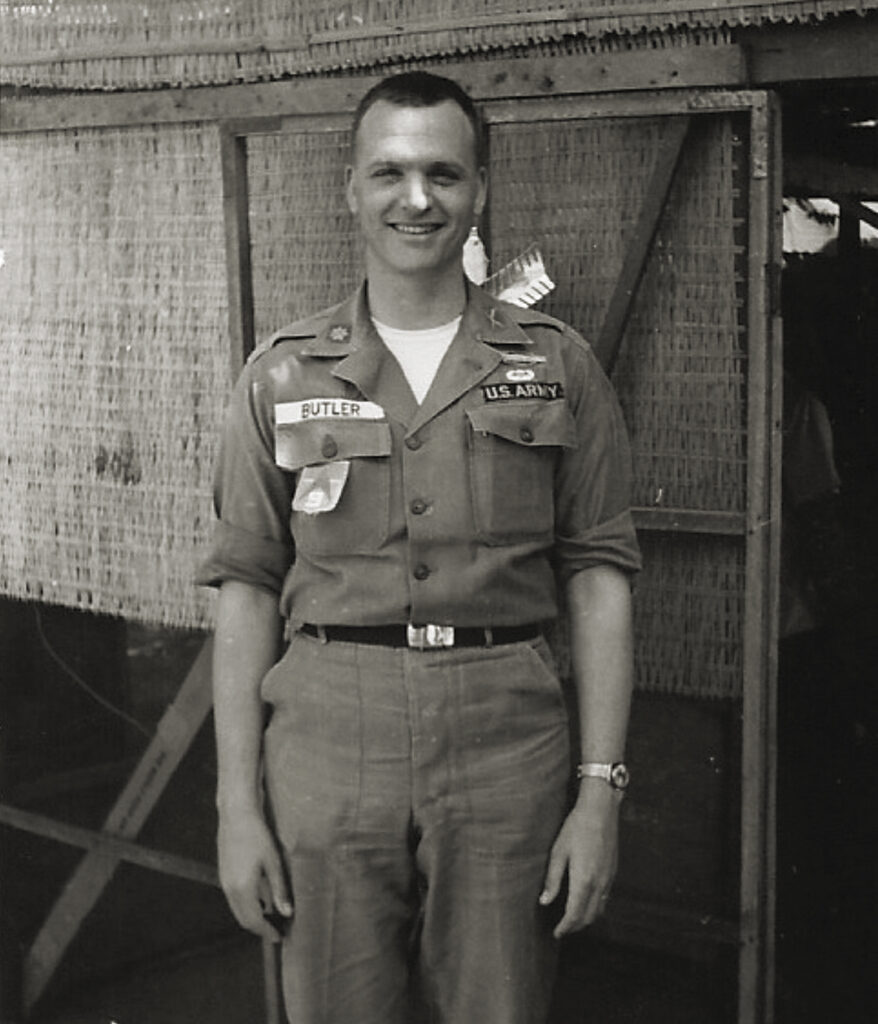
Chuck Butler noticed the turbulence created by the revolving door in Saigon. Political loyalties and family ties trumped military professionalism, so generals who were closely allied with the new leadership received choice assignments. They, in turn, brought their loyal subordinates with them to fill jobs throughout the ranks. Butler observed two rounds of leader changes, both of which degraded military effectiveness. When his tour concluded in September 1964, the downward spiral continued, resulting in the commitment of U.S. combat troops in the spring and summer of 1965.
Opting for a second Vietnam tour rather than retirement, Lt. Col. Butler returned in September 1971. Again he was assigned as an adviser in the Mekong Delta, but this time with the 21st ARVN Division. The unit was responsible for the southernmost portion of the Delta, which contained the famous VC sanctuary, the U Minh Forest. The ARVN had been relatively successful subduing the insurgency throughout the region and pacifying the countryside. Butler was pleased to see the improvement.
Helping Junior Officers in Vietnam
The senior adviser to the 21st ARVN Division was Col. J. Ross Franklin, a legendary warrior-scholar with multiple Vietnam tours and a doctorate in international relations from American University. He also spoke fluent French. Franklin and Butler were West Point classmates and held each other in high esteem. Both had been awarded the Distinguished Service Cross during the Korean War and served together at Fort Benning’s Infantry School after the conflict. Franklin assigned Chuck as his deputy with a primary focus advising the division’s two principal staff officers, the G2 (Intelligence) and the G3 (Operations).
Within the 21st ARVN Division combat assistance team, Butler gained a reputation for mentoring junior officers. Capt. Ed DeVos, on his first assignment in Vietnam as an assistant adviser with the 33rd ARVN Regiment, was a beneficiary of Butler’s insights. Arriving in December 1971, the captain sought out Chuck Butler and asked him many questions about the role of a junior officer “advising” men who had been fighting their entire adult lives. A recipient of two Silver Stars during the Easter Offensive, DeVos cited his admiration for Butler in his 2020 book, The Last 100 Yards.
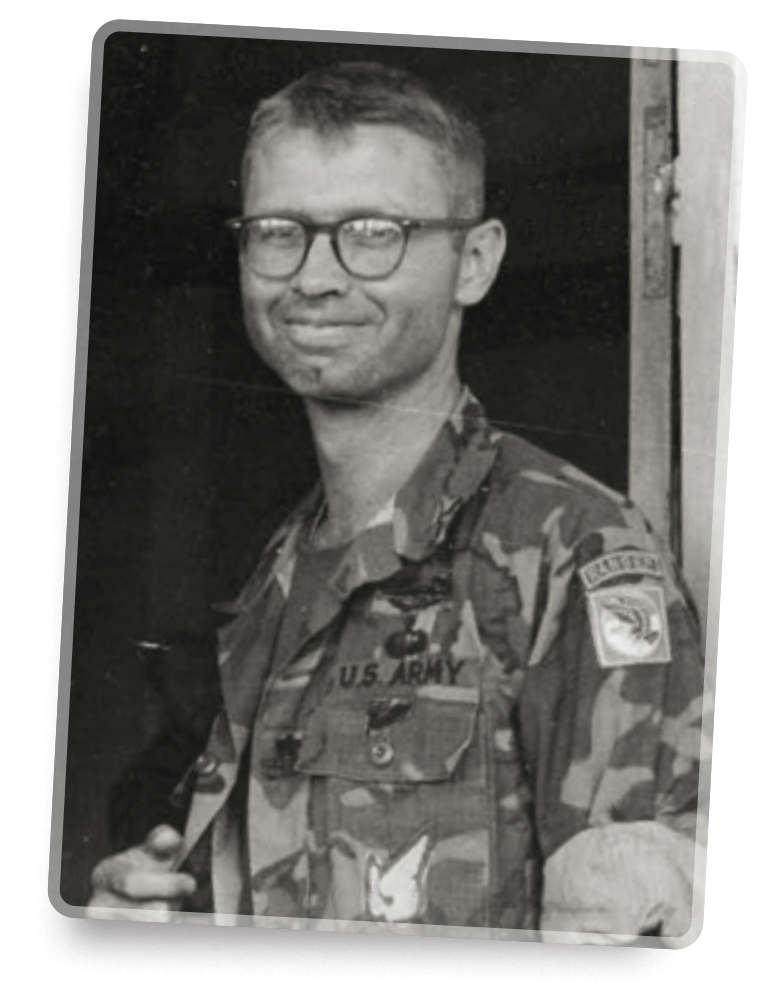
The 21st ARVN Division’s mission abruptly changed on April 7, 1972. President Nguyen Van Thieu convened a meeting of key officials to assess the military situation. The border town of Loc Ninh had just fallen to the communist juggernaut and Binh Long’s provincial seat, An Loc, was the NVA’s next objective. If An Loc fell, there were no forces to stop an enemy advance on Saigon, 60 miles away. Thieu made the unprecedented decision to move the 21st ARVN Division from the Delta to reinforce the defenders of Binh Long Province.
Even in the face of the largest North Vietnamese offensive of the war, U.S. withdrawals mandated by the Vietnamization program continued. Personnel shortages in division and regimental assistance teams were the norm. Regimental teams were authorized a lieutenant colonel, three captains, and two sergeants but it was not unusual for only one or two Americans to be with an ARVN regiment; the U.S. Army replacement system simply could not keep pace with battle casualties, medical evacuations for sickness, and end-of-tour rotations.
Rather than allow a key vacancy to remain unfilled, Butler volunteered to be the senior adviser with the 31st ARVN Regiment. Chuck Butler always went to “the sound of the guns.” Still, he remained Franklin’s “go-to” guy for most problems and was in charge of the division assistance team in the senior adviser’s absence.
By April 12, the division was assembled in Lai Khe, the former base of the U.S. 1st Infantry Division, and told to open QL (National Route) 13 to An Loc. The 7th NVA Division had cut the road, further isolating An Loc, now surrounded by two NVA divisions, the 5th and 9th. The 21st ARVN had never operated in the field as a combat division. In its former area, commanders only supervised regimental and battalion operations. Battle-tested SOPs were nonexistent and staff work was shoddy, often lacking clarity. Attacks often failed due to a lack of proper coordination. Commanders at all levels became overly reliant on U.S. airpower, especially B-52 strikes, and were hesitant to move without them.
Facing Hardcore NVA Forces
Nor had the 21st ARVN previously encountered large formations of hardcore NVA forces that stood their ground and employed heavy artillery in quantities not previously seen. Indirect fire from 130mm and 152mm guns became the major killer of friendly troops. Consequently, ARVN soldiers developed a bunker mentality and literally “went to ground.” Such behavior was particularly prevalent among the leaders.
In a letter to his family, Butler said his ARVN counterpart, Lt. Col. Xuan, only left the regimental command bunker to answer the call of nature. By contrast, Butler regularly checked the troops, usually under fire. Butler’s bravery resulted in the award of the Silver Star, but his example had little effect. No amount of cajoling altered Xuan’s behavior. The commander’s abrogation of leadership responsibilities lowered morale and contributed to inaction.
While the 21st Division struggled along highway QL 13, I was experiencing a problem establishing a modicum of rapport with the 6th Airborne Battalion commander, Lt. Col. Dinh. He viewed me as useful when we were in a fight because I was the link to U.S. airpower, yet at other times, I was just excess baggage. He was vocal about not needing any tactical input from Americans. Butler attributed this attitude to the impact of Vietnamization. Many Vietnamese, including Dinh, believed they would ultimately be left high and dry by the United States. They were more perceptive than most Americans then serving in Vietnam.
The Division Fights On
Butler said the specter of our imminent departure and the reduction of our robust logistical system fostered anti-American attitudes. However, he was not overly critical of men who harbored those beliefs. If the intellectual elite in our country and students at Ivy League universities were unable to differentiate between U.S. policymakers and those responsible for implementation of those policies, we shouldn’t be surprised such viewpoints existed here. His observation gave me a new empathy for my Vietnamese counterpart.
During a moment of levity, Chuck shared his opinion on advisers’ “can-do” attitude. He said it was part of our makeup—but was a blessing and a curse. We tried hard to make improvements, and then felt guilty when our efforts fell short. He left me with the following thought: “Regardless of how hard you try, sometimes you simply can’t make chicken salad out of chicken shit!”
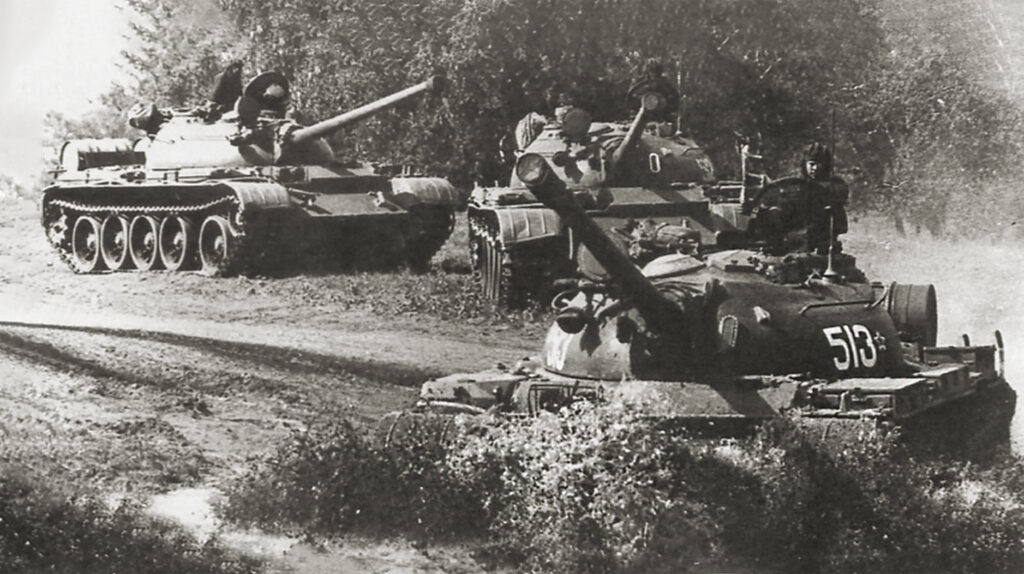
The 6th Airborne Battalion completed rebuilding and retraining at the end of May and was committed back into the Binh Long battle. It fought through the 7th NVA Division’s defenses and linked up with defenders manning the southern portion of An Loc’s perimeter on June 8, 1972. The 6th was the first unit to break the siege and was cited in the U.S. Joint Chiefs of Staff history of the Vietnam conflict. My relationship with Dinh had vastly improved, thanks to Butler’s sage counsel and my ability to put U.S. bombs on target.
On June 18, government officials declared the siege of An Loc broken and released the 1st Airborne Brigade (three ARVN airborne battalions, including the 6th) so the unit could join the fighting near the DMZ. Although the siege was officially lifted, the battle was not over. It took from June 18 to June 21 for the paratroopers to fight their way to Tan Khai, six miles south of An Loc. Tan Khai firebase was defended by the 31st ARVN Regiment and provided artillery support for An Loc. It was the furthest advance of the 21st Division and a thorn in the side of the NVA.
U.S. helicopters were ordered to lift the 1st Airborne Brigade from Tan Khai to Lai Khe so preparations could begin for its air movement north. QL 13 was the designated pickup zone, although airmobile landings near the firebase would attract more NVA incoming artillery fire.
The Last Time I Saw Chuck
During the lull preceding the arrival of helicopters, I made my way to the regimental command post to see Chuck Butler. Our short reunion was dampened by the news that Lt. Col. Burr Willey, adviser with the 32nd Regiment, had been killed by NVA fire on June 19. Chuck believed helicopters would energize NVA gunners who had forward observers seeded throughout the area.
Ever concerned about others, Chuck told me to be careful and jokingly said: “The good Lord will look out for you but you have to help Him by not wandering around in artillery fire!” Our meeting was cut short when a radio call informed me the choppers were inbound. We shook hands. I wished him luck and said I hoped to see him again.
It was a 15-minute flight from Tan Khai to Lai Khe, the 21st ARVN Division command post. When I arrived, Col. Ross Franklin met our flight. He was visibly shaken, with tears in his eyes. He told me that Chuck Butler had been killed when the bunker he was occupying took a direct hit, probably from a 130mm artillery round. I was in a state of disbelief. I told him I had just been with Lt. Col. Butler less than 30 minutes earlier. Ross Franklin said that I was the last American to see him.
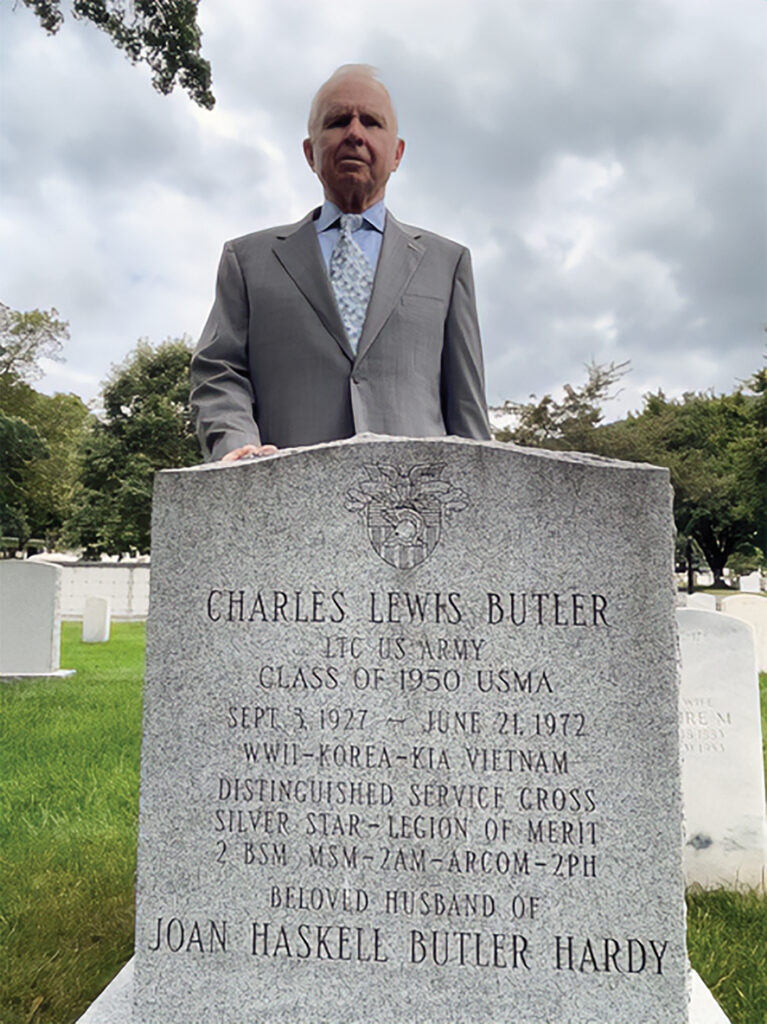
Charles Lewis Butler was 44 years old when he died. He had recently completed 22 years of Army service. He left behind his wife, Joan, and three children, a son and two daughters. He was laid to rest at West Point on July 5, 1972, where his commitment to the profession of arms began years before. Chuck Butler joined the legion of USMA graduates who made the ultimate sacrifice for our country. He was one of 333 West Pointers who lost their lives in the Vietnam War. Their service personified the academy’s motto: “Duty, Honor, Country.”
Although five decades have passed since Lt. Col. Butler was killed on June 21, 1972, it seems like yesterday to me. Memories of him and those times are never far from my thoughts. He was very helpful during my initial days as an adviser and I meant to tell him so when we were together, but I missed the chance. It is a lifelong regret. I continue to mourn the passing of an outstanding soldier, a genuine war hero, and a friend.
During the 1972 Easter Offensive, John Howard was an adviser with the Vietnamese Airborne Division, serving with the 6th Airborne Battalion and the 11th Airborne Battalion. He serves on the advisory board of Vietnam magazine.
This story appeared in the 2024 Winter issue of Vietnam magazine.

